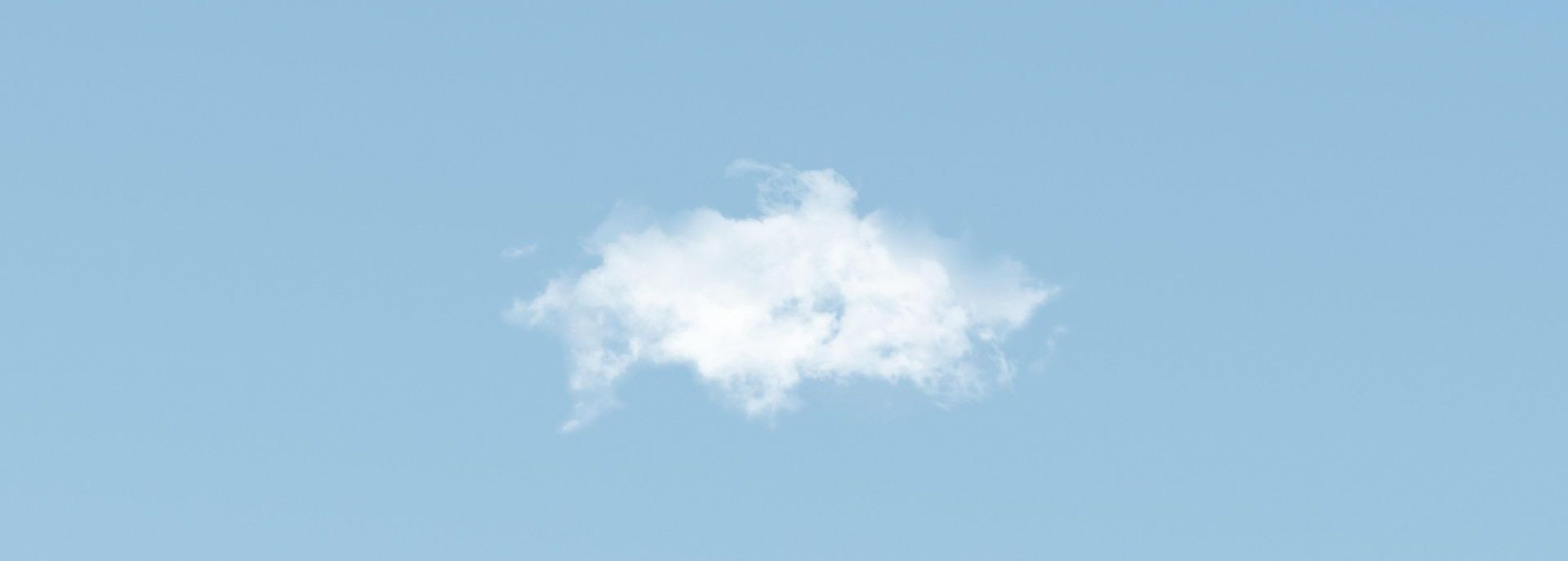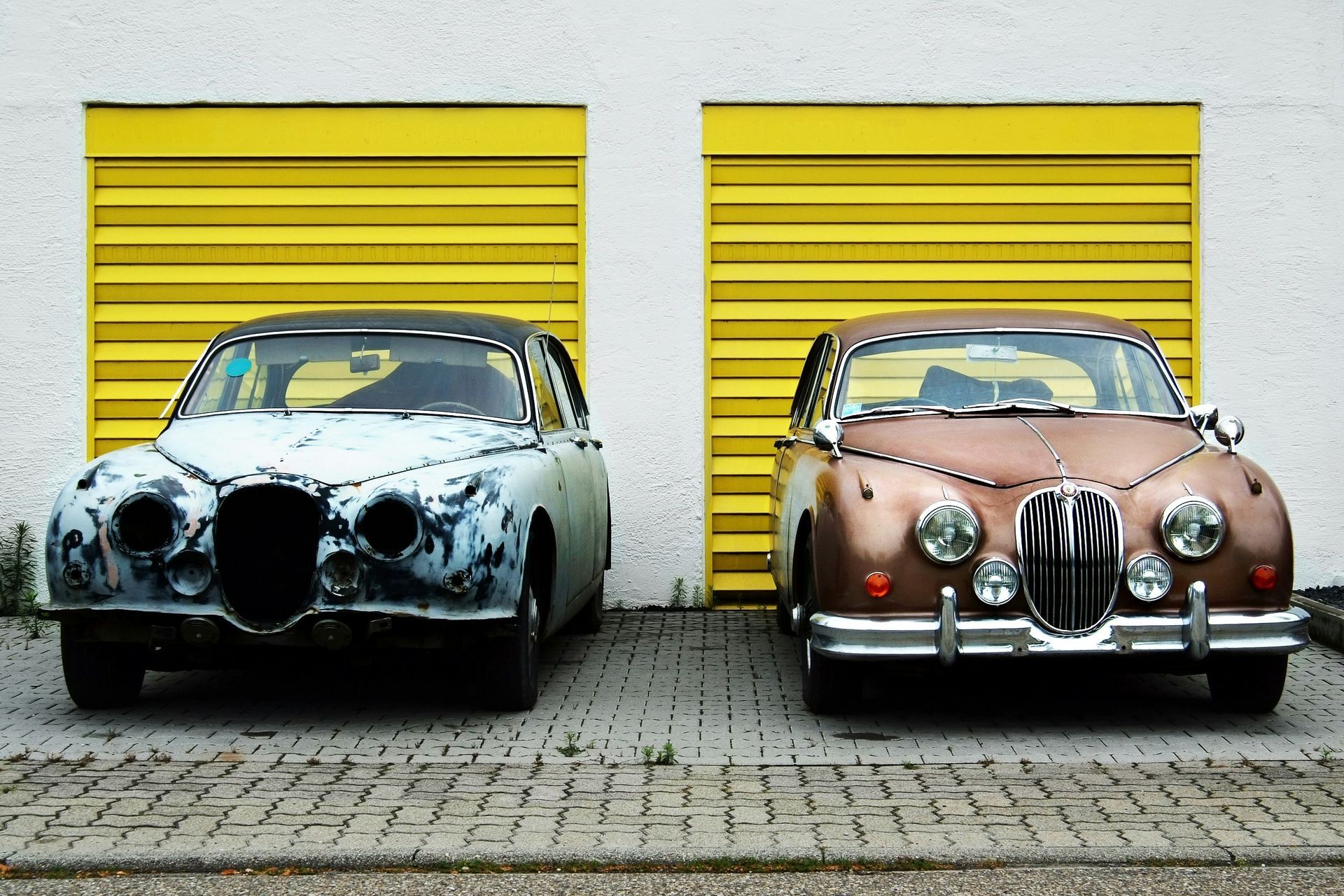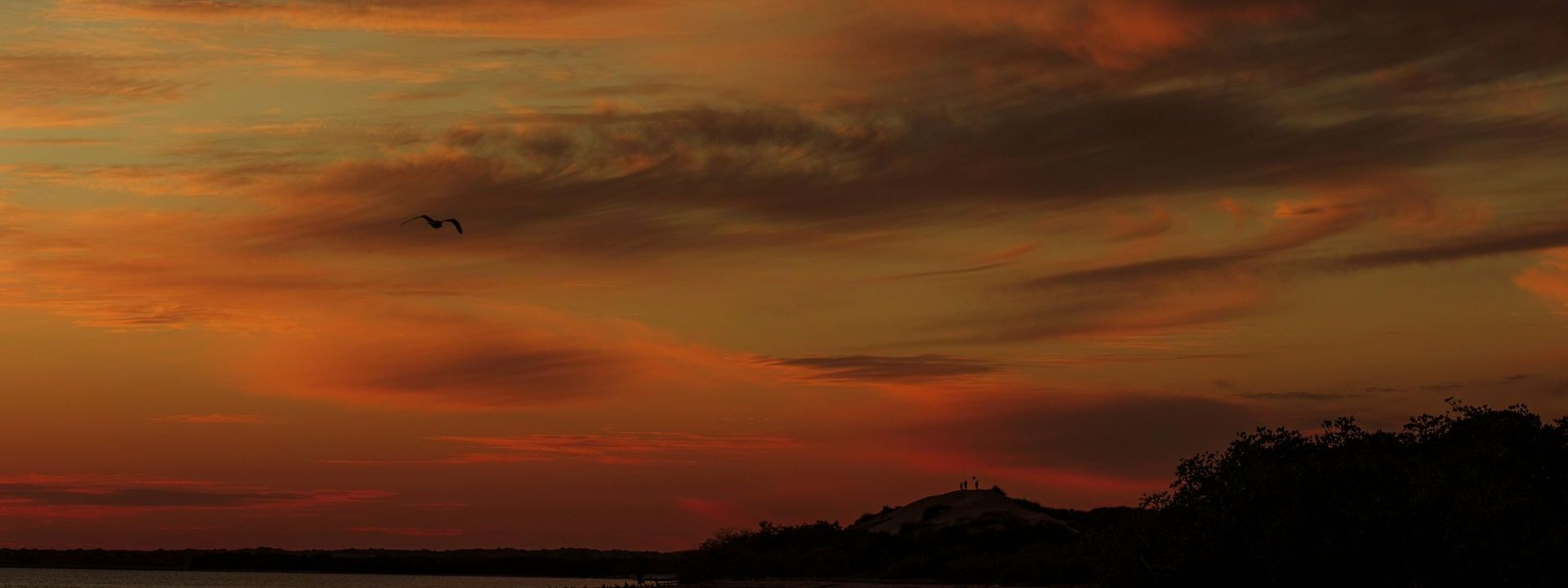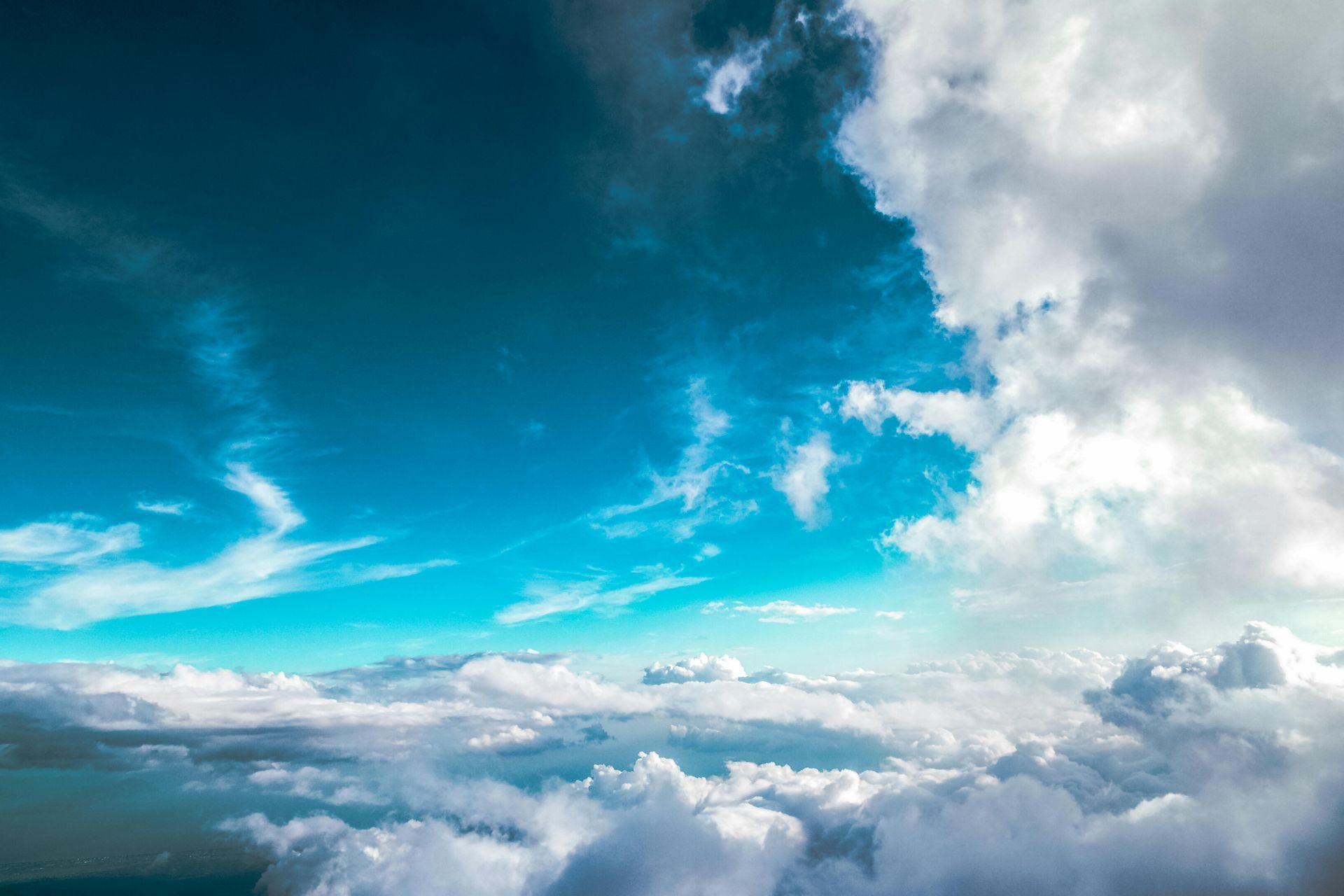How Our Nervous Systems Create Our Future (Part 3: Dorsal)
We asked AI, "What would the impact be on the world if people stay stuck in their Dorsal nervous system states of shutdown/collapse?"

So far we have explored a future where we can tone and access our Ventral nervous system states (yes please!) and one where our Sympathetic nervous systems are dominating (this felt uncomfortably close to home!).
In this article we let AI share a picture of our Dorsal nervous systems at play. Before you read on, it might be helpful to know that there is a natural movement between the systems. We start out in Ventral safety and when safety is not detected in the space around us, we move into Sympathetic. If this hyper vigilent and hyper mobilised state doesn't bring us a sense of returned safety, so the third system steps in and causes us to shutdown and collapse. So whilst the picture AI has painted might not seem as close to home in our daily lives, it may be where we are headed if we are not recognising our nervous system patterns and nurturing them. We also reflected on how we see evidence of this in some really important discussions like climate change and diversity - where the body doesn't sense it will get to safety by taking action and we become apathetic.
Such a fascinating concept to explore - that the very messaging we put out raising the alarm - could switch people off from taking action.
Here is the future ChatGpt offered us with an activated Dorsal nervous system.
Individually: Disconnection Becomes a Way of Being
- The world feels far away. In dorsal, the body slows down to a protective shutdown. People often feel foggy, heavy, or invisible — like they’re watching life from behind a glass wall.
- Motivation fades. Even small tasks can feel insurmountable. There may be a desire to do, to move, to care — but no energy or belief that it matters.
- Shame becomes a frequent companion. From the inside, dorsal can feel like failure: “Why can’t I just get it together?” This misinterpretation deepens the shutdown.
- Joy and pleasure are muted. When in dorsal, even things we usually love can feel flat or unreachable. The nervous system has numbed perception to reduce pain — but in doing so, it also blocks delight.
Relationally: Isolation and Self-Protection
- Connection feels like too much. In dorsal, people often withdraw — not because they don’t care, but because caring hurts when you feel helpless.
- Misattunement increases. Partners, colleagues, friends may feel shut out or confused. Others may interpret this state as coldness, laziness, or apathy — when it’s actually a protective response to overwhelm.
- Reaching out feels impossible. Asking for support can feel like climbing a mountain. There’s often a belief that “I’ll be a burden,” or “No one can really help.”
Culturally & Systemically: A Slow Erosion of Aliveness
- Dreams fade, and resignation takes root. On a large scale, collective dorsal energy looks like a population that has stopped imagining things can change.
- Communities go quiet. Dorsal state is contagious in systems too — groups, workplaces, even nations can begin to shut down creativity, connection, and care.
- Apathy masks despair. When people are stuck in dorsal for too long, they may no longer fight injustice, not because they agree — but because hope feels out of reach.
And perhaps most tenderly:
- The sense of self dissolves. In long-term dorsal, people often feel like shadows of who they used to be. Not broken — just out of reach. The inner voice can go quiet, or only whisper words of shame.
- Healing feels far away. When the body believes there’s no way out, even the idea of change can feel dangerous.
In short:
If people stay stuck in dorsal, the world grows quieter, greyer, more distant.
There is less conflict — but also less connection.
Less chaos — but also less colour.
And we forget, not just how to live — but that we’re even allowed to.
The hope:
Dorsal is not the end.
It’s a pause — a slowing down until safety returns.
With warmth, co-regulation, and time, people do come back.
And when they do, they often carry profound depth, compassion, and wisdom with them.
Stay tuned for the final article in the series, where we explore 'Freeze' - the experience of Dorsal and Sympathetic both activated without regulation.



